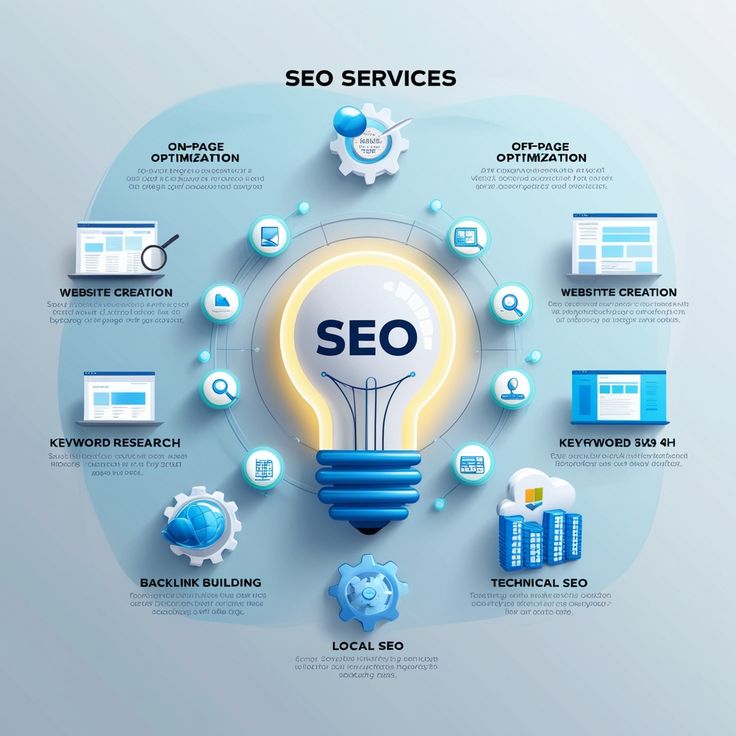Whether you’re running an e-commerce site, a local business page, a SaaS dashboard, or an educational portal, certain website issues creep up again and again, wrecking SEO, tanking conversions, and frustrating users. The good news? Most of these problems are preventable with the right knowledge and tools.

This comprehensive guide dives deep into the most common website problems faced across industries in 2025, why they matter, and how to proactively solve them before they cost you visitors, trust, or revenue.
1. Slow Loading Times
Why it Matters: A slow website hurts everything from SEO rankings to bounce rates to sales. In e-commerce, even a 1-second delay can drop conversions by 7%.
Root Causes:
- Large, uncompressed images
- Too many render-blocking scripts
- No caching strategy
- Lack of CDN integration
- Shared hosting bottlenecks
Proactive Fixes:
- Use modern image formats (WebP/AVIF)
- Minify CSS/JS files and defer non-critical scripts
- Enable server-side caching (e.g., Redis, Varnish)
- Use Cloudflare or BunnyCDN for edge delivery
- Opt for NVMe SSD hosting for better I/O
2. Mobile Responsiveness Failures
Why it Matters: Over 60% of global traffic is mobile. If your site isn’t responsive, users drop off fast, and Google penalizes your rankings.
Common Mistakes:
- Fixed-width elements
- Overlapping menus/buttons
- Fonts are too small for mobile
Tools & Prevention:
- Use responsive frameworks (like Bootstrap 5 or Tailwind)
- Test regularly using Google’s Mobile-Friendly Test
- Apply CSS media queries for all breakpoints
- Preview on real devices using BrowserStack or Responsively App
3. Broken Links & 404 Errors
Why it Matters: Dead links frustrate users and damage SEO. A single 404 on a key product page can lead to lost revenue.
Common Causes:
- Manual URL changes
- Deleted pages or moved resources
- Poor internal linking hygiene
Proactive Fixes:
- Use Ahrefs/Screaming Frog to monitor broken links
- Set up custom 404 pages with helpful suggestions
- Implement 301 redirects for removed or changed URLs
- Automate link checking weekly with tools like Dr. Link Check
4. Security Vulnerabilities
Why it Matters: Websites get attacked thousands of times daily. Data breaches, defacements, or spam injections damage reputation and legal standing, especially in healthcare or e-commerce.
Common Threats:
- SQL injection
- Cross-site scripting (XSS)
- Brute-force login attempts
Proactive Security Measures:
- Use a WAF (Cloudflare, Sucuri)
- Enable 2FA for admin logins
- Keep all plugins, themes, and CMS updated
- Regularly scan using Patchstack or Wordfence
- Apply security headers (CSP, X-Frame-Options)
5. Poor SEO & Indexing Issues
Why it Matters: If Google can’t properly crawl your site, you won’t show up in searches. This hits every industry, especially local businesses relying on organic discovery.
Common SEO Issues:
- Missing meta titles/descriptions
- No structured data/schema
- Thin or duplicate content
How to Fix & Prevent:
- Audit with Google Search Console + SEMrush
- Add JSON-LD schema for rich results
- Use a plugin like RankMath (WordPress) or technical SEO checklists for a custom CMS
- Avoid using “noindex” without a clear intent
6. Email Deliverability Problems
Why it Matters: If contact form submissions, order confirmations, or support replies go to spam or don’t arrive, you lose customer trust and opportunities.
Common Pitfalls:
- Missing SPF, DKIM, or DMARC records
- Using shared IPs with bad reputations
- Bad reply-to headers or invalid sender domains
Prevention Steps:
- Authenticate your domain properly
- Monitor your domain reputation using Talos or Postmark tools
- Use email delivery platforms like Zoho Mail, SendGrid, or Mailgun
7. Downtime & Hosting Outages
Why it Matters: A website that goes offline during campaigns, high-traffic surges, or product launches can cost thousands per minute.
Root Causes:
- Low-tier shared hosting
- No failover or CDN
- Power/network failures at the data center
Proactive Solutions:
- Choose hosts with redundant power and Anycast DNS
- Monitor uptime via tools like UptimeRobot or Better Uptime
- Set up alert systems for downtime (SMS/Slack/Email)
- Opt for scalable cloud hosting
8. Inconsistent Branding/User Experience
Why it Matters: Shifting fonts, layouts, or design languages reduces credibility, especially in SaaS or luxury markets.
Symptoms:
- Logo size changes across pages
- Disjointed tone of voice
- Button styles vary inconsistently
Solutions:
- Build a design system (Figma, Storybook)
- Use a consistent CSS framework or component library
- Apply design QA on staging before pushing live
9. Complex or Broken Navigation
Why it Matters: Navigation should be intuitive. Confusing menus hurt retention and increase bounce rates.
Fixes:
- Limit to 5-7 primary nav items
- Use breadcrumbs for deep pages
- Implement heatmap analysis via Hotjar/Clarity
- Run regular UX tests with real users
10. Poor CMS or Plugin Management
Why it Matters: Bloating your CMS with unnecessary plugins or outdated extensions slows sites and creates vulnerabilities.
Prevention Plan:
- Monthly plugin audits
- Remove any plugin that duplicates another’s function
- Keep core CMS and plugins always updated
- Use staging sites to test before applying changes live

Bonus Section: Prevention & Optimization Toolkit
Recommended Tools
- Performance: GTmetrix, PageSpeed Insights, Cloudflare
- Security: Wordfence, Patchstack, Sucuri, Imunify360
- SEO: Google Search Console, SEMrush, Ahrefs, RankMath
- Monitoring: UptimeRobot, StatusCake, Better Uptime
- Testing: BrowserStack, Responsively App, Hotjar
Industry-Specific Insights
- E-commerce: Prioritize speed and secure checkout
- Healthcare: HIPAA-compliant hosting and strong data encryption
- Education: Ensure uptime and mobile access
- SaaS: Clear onboarding and seamless performance across devices
- Real Estate: Visual optimization + SEO for local search
- Agencies: Build design systems and deploy code, QA standards
Final Thoughts
Most website issues don’t show up overnight; they creep in as the site evolves. Regular maintenance, proactive monitoring, and structured development practices can help you prevent 90% of common issues.
Whether you manage one site or a hundred, fixing these problems before they impact users isn’t just smart, it’s mission-critical in 2025 and beyond.